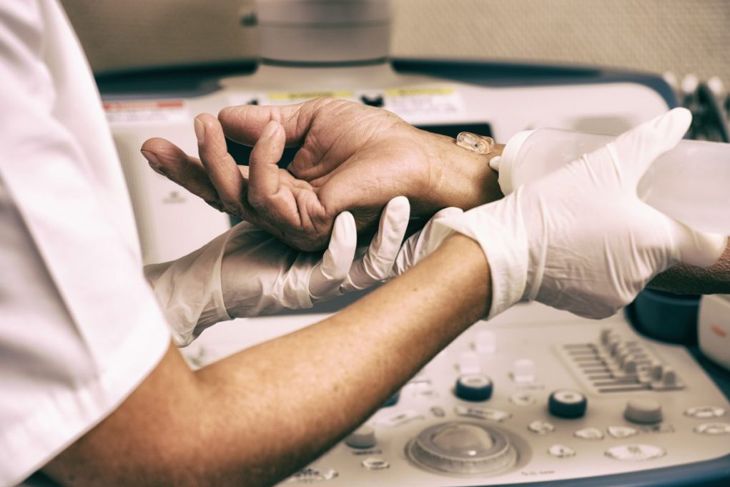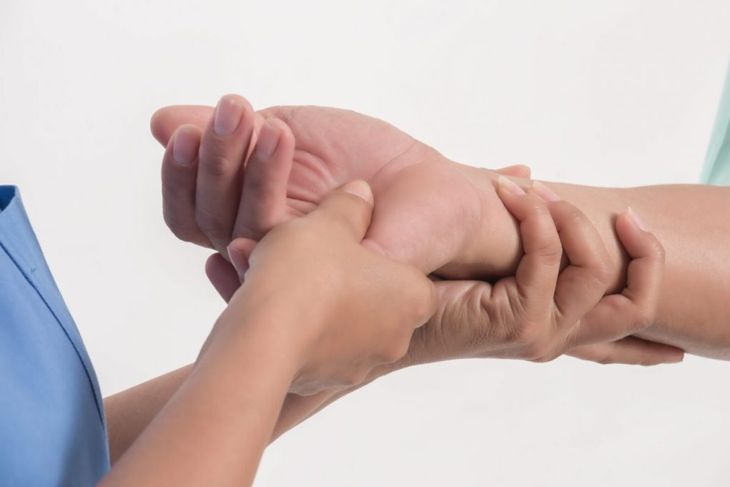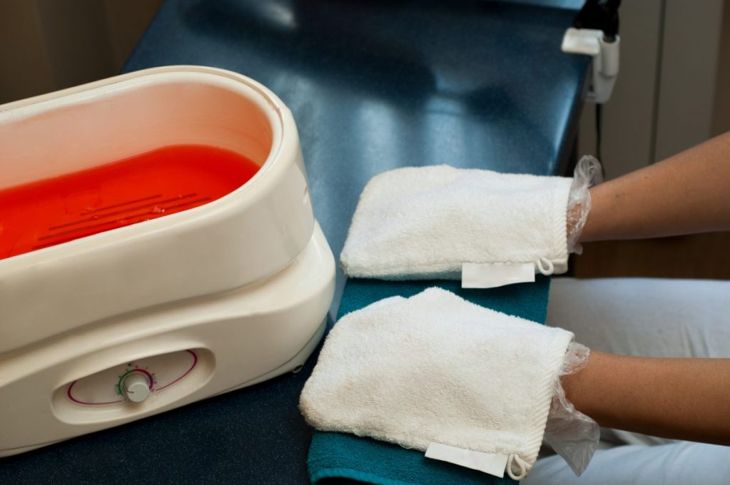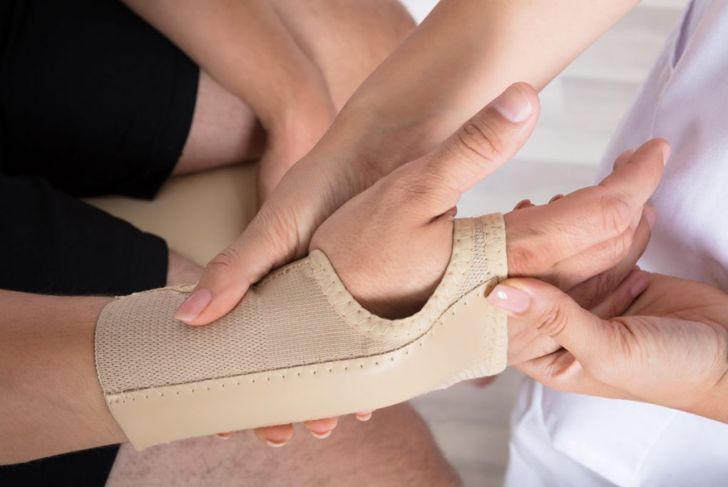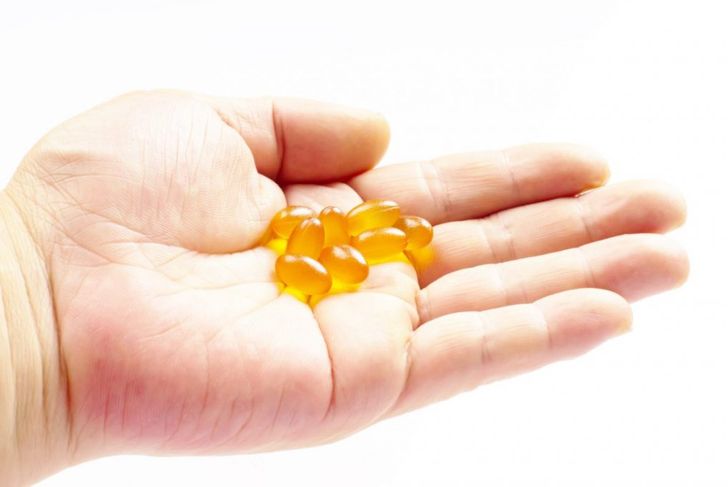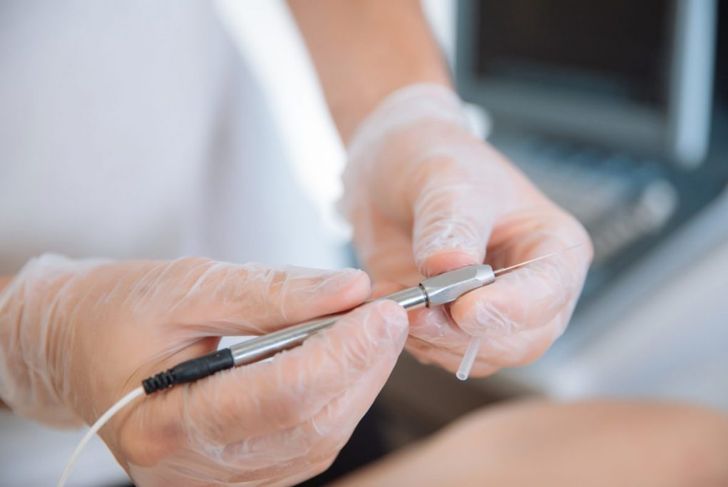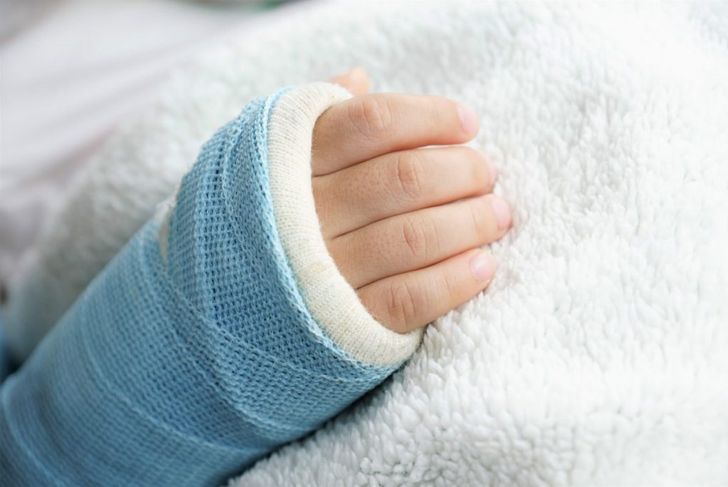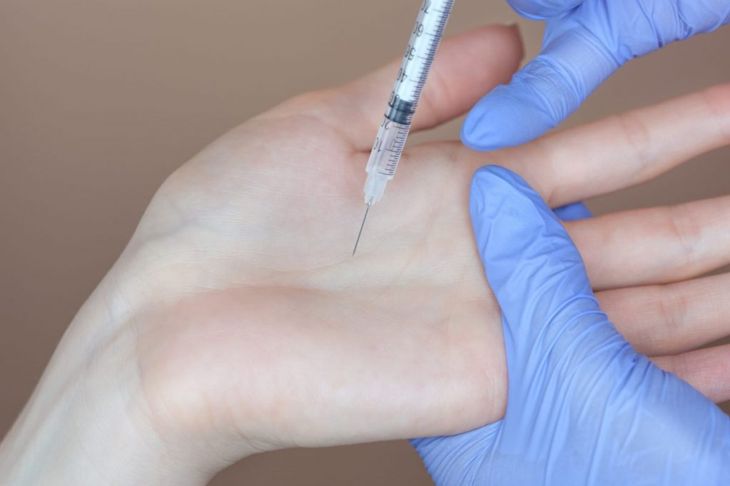Stenosing tenosynovitis or trigger finger is inflammation of the tendon sheath that causes the affected finger to lock in a bent position and ranges from mildly annoying to very painful, depending on the severity. Medical intervention is often necessary for immediate relief, including surgery for more severe cases. Occupations that require repetitive motions such as typing or gripping exacerbate the condition. Trigger finger is also common among people with diabetes, osteoarthritis, and rheumatoid arthritis.
Trigger Finger Pain
Repetitive motions over the long term causes the tendon sheaths in the fingers to swell and become painful. The reason some people are more susceptible to this condition than others is unknown. The pain eventually interferes with daily activities and can lead to other issues such as sleep deprivation, dependency on painkillers or anti-depressants, mood swings, and behavioral changes. Dealing with significant pain of any kind for an extended period can lead to secondary symptoms such as loss of appetite, unexplained weight loss or gain, and lack of concentration can adversely affect wellbeing.
Signs and Symptoms of Trigger Finger
People with trigger finger find flexing the fingers painful; the hands become tenders and finger flexibility is limited. The most common symptoms of this condition are stiffness and pain when flexing or bending fingers (although extending the finger may cause pain in some individuals, too), soreness in the base of the palm, bent or locked fingers, a tender lump or swelling in the palm or at the base of the finger, and inflamed joints. Symptoms are often most pronounced upon waking and ease throughout the day. Redness at the joint, excess heat, or an inability to straighten the fingers requires medical investigation as these could indicate an infection.
Non-Invasive Alternative Treatments
The primary goal of treatment for trigger finger is pain reduction,[improve], and to enable the individual to continue with normal day-to-day activities. When trigger finger is chronic but not severe enough to warrant surgery, hand therapy is an option. Acupressure, moist heat, and ice packs can ameliorate pain. Working with a therapist and doctor and taking prescribed medications should alleviate much of the discomfort. One of the oldest at-home treatments is paraffin wax — dipping the hand several times into warm, melted wax, and retaining this heat by wrapping in plastic and a towel.
Exercises for Trigger Finger Relief
Therapists recommend exercises that individuals with trigger finger can do throughout the day to keep the hand supple and ease tension. Here are three easy ones:
Finger Extension Stretch
Lay the hand face-down on a flat surface. Gently lift the affected finger with the other hand, stretching the finger as far back as possible; hold for a count of five. One set of finger extension stretches is four or five repetitions. Aim to complete a set a few times each day.
Finger Spread
Pinch all the fingers together and slide a rubber band over them. Keeping fingers straight, squeeze and open several times, ensuring there is tension from the band. Repeat a few times daily.
Palm Press
Using a small rubber ball, squeeze and hold for a count of ten. Open hand wide and release the ball. Repeat a few times.
Braces, Splints, and Other Devices
Pharmacies and online stores sell numerous support devices that can alleviate trigger finger symptoms, from finger splints to full hand braces. A doctor can recommend the best option for the needs of the individual patient.
Do Mega-Doses of Vitamins Help?
Numerous individuals seek to determine whether large doses of vitamin B6 could be beneficial in the treatment of trigger finger, based on the success people with carpal tunnel have had with the vitamin. Research in the 1960s and later studies suggest that vitamin B6 can improve symptoms of carpal tunnel, which shares similarities and may co-exist with trigger finger. That said, moderation and monitoring are important, as too much vitamin B6 can cause side effects.
What is Percutaneous Release?
Percutaneous release is one of the most successful, minimally-invasive surgical procedures for trigger finger. After numbing the area, the doctor inserts a special needle into the affected tendon sheath to break up the tightened tissue around the tendon sheath. The risk of infection is lower with a percutaneous release than with open surgery, recovery time is shorter, and some researchers suggest it can be as effective as open surgery. Following the procedure, the individual can bend the finger and can start gripping after three days.
What is Open Surgery for Trigger Finger?
Open surgery requires a small incision and takes about 30 minutes, or longer if several fingers are involved. The surgeon administers a local anesthetic before making a small incision in the palm. He or she then carefully cuts through the tendon sheath to open it up, making more space for the tendon. The finger should gain normal function shortly after this procedure. Approximately 97% of patients experience complete relief.
Recovery after Open Surgery
After open surgery, the affected hand may be swollen and painful, but these symptoms can be relieved by keeping the hand elevated above the heart, applying ice packs, and taking anti-inflammatory medications. After one or two days, the doctor will remove the dressing, and the sutures will dissolve or can be removed within two weeks. Depending on the individual’s job, they may be able to return to work within a few days. Recovery takes longer when multiple fingers required surgery. Often, doctors prescribe physical therapy to rebuild strength.
Can Trigger Finger Heal on its Own?
Trigger finger can correct on its own, but may then re-occur later on. Often, if a specific activity causes the condition, stopping this action allows the inflammation and tension in the tendon sheath to ease. Abstaining from harmful activities and addressing pain and inflammation with medications can result in a full recovery after a couple of weeks. If the pain persists or the fingers continue to lock, the doctor may recommend a steroid injection, though this painful procedure is only about 50% successful and is typically less effective in people with diabetes. Physicians often recommend monitoring pain over six weeks to determine whether the patient will benefit from further treatment.

 Home
Home Health
Health Diet & Nutrition
Diet & Nutrition Living Well
Living Well More
More